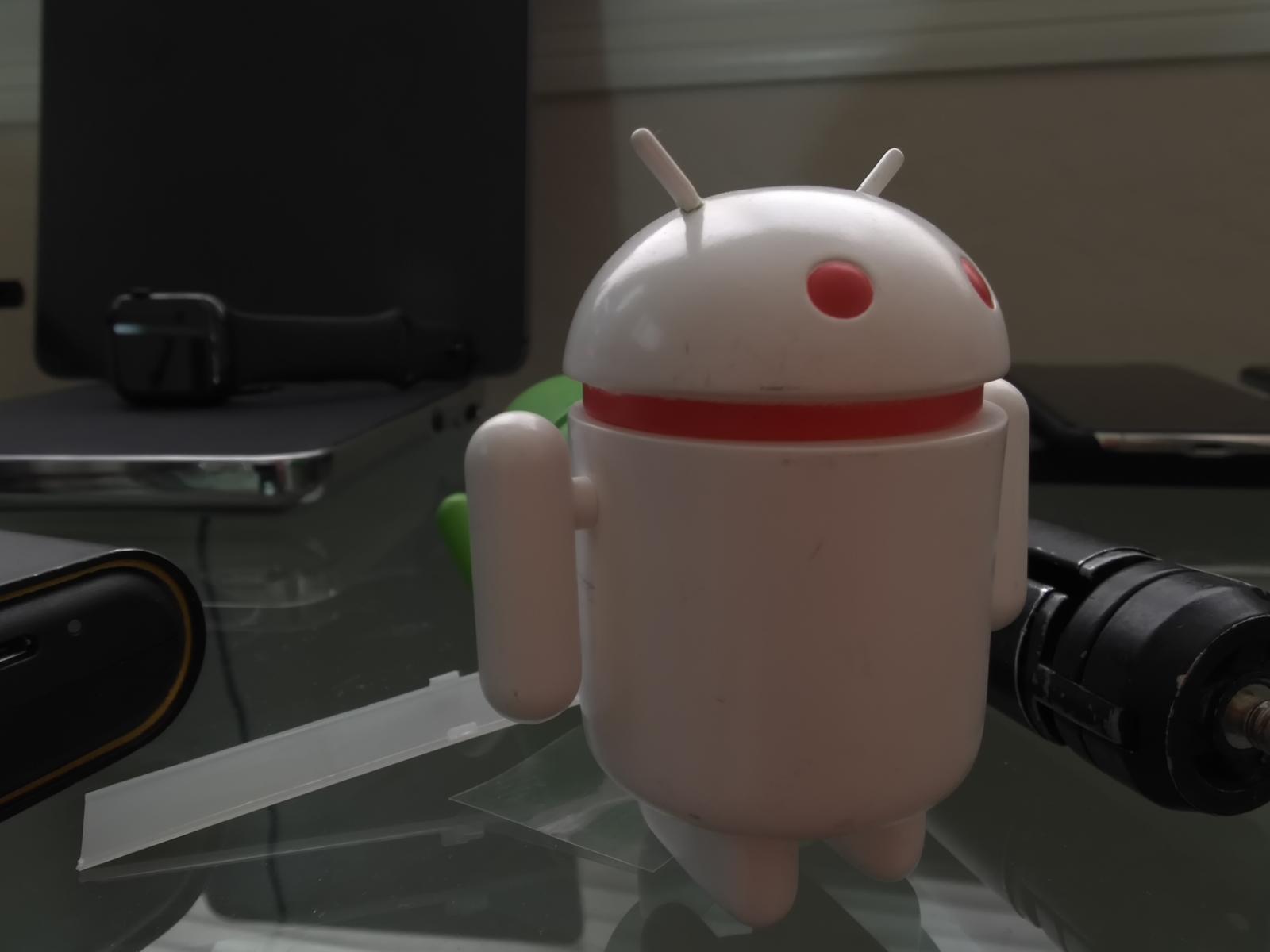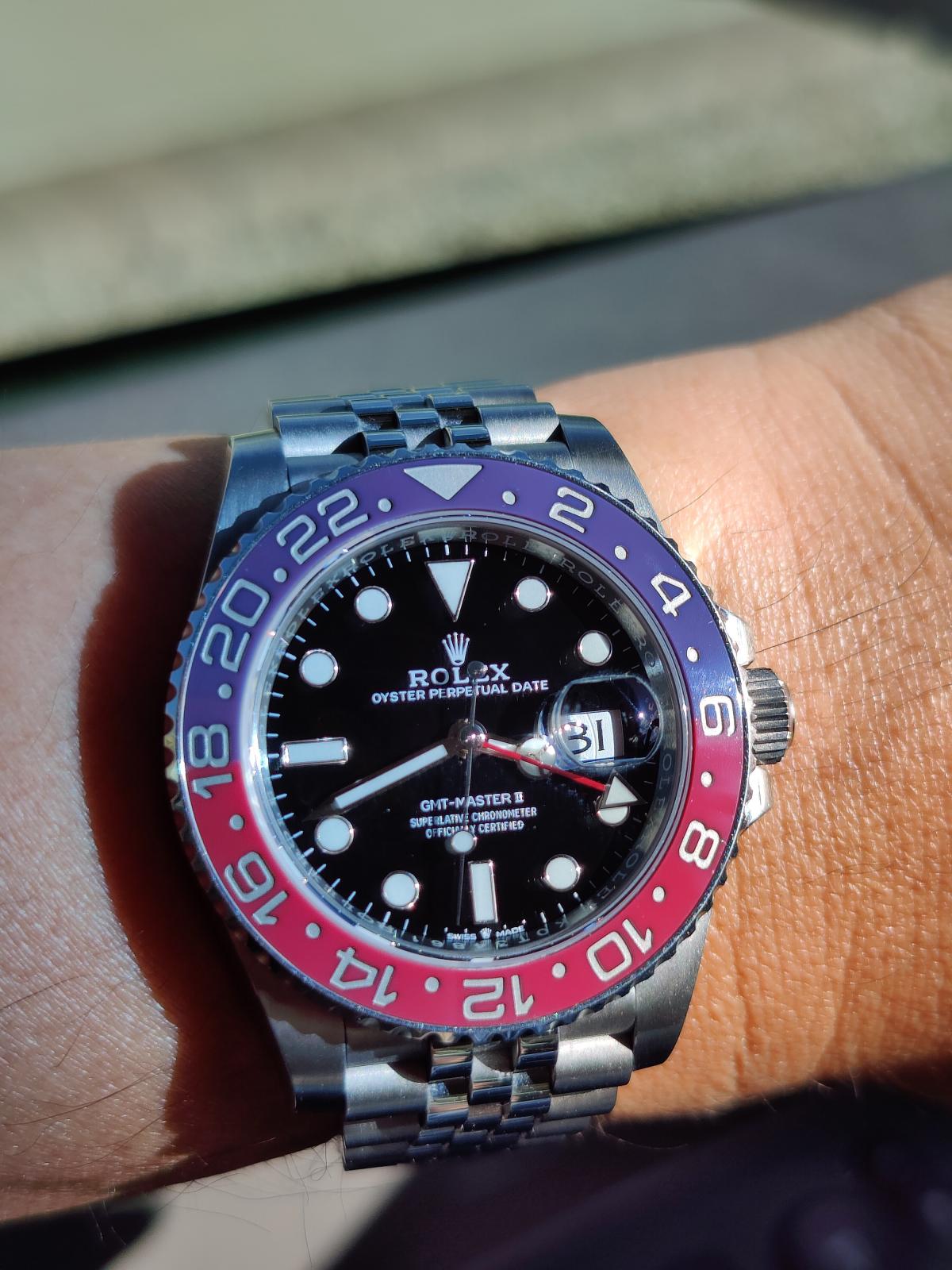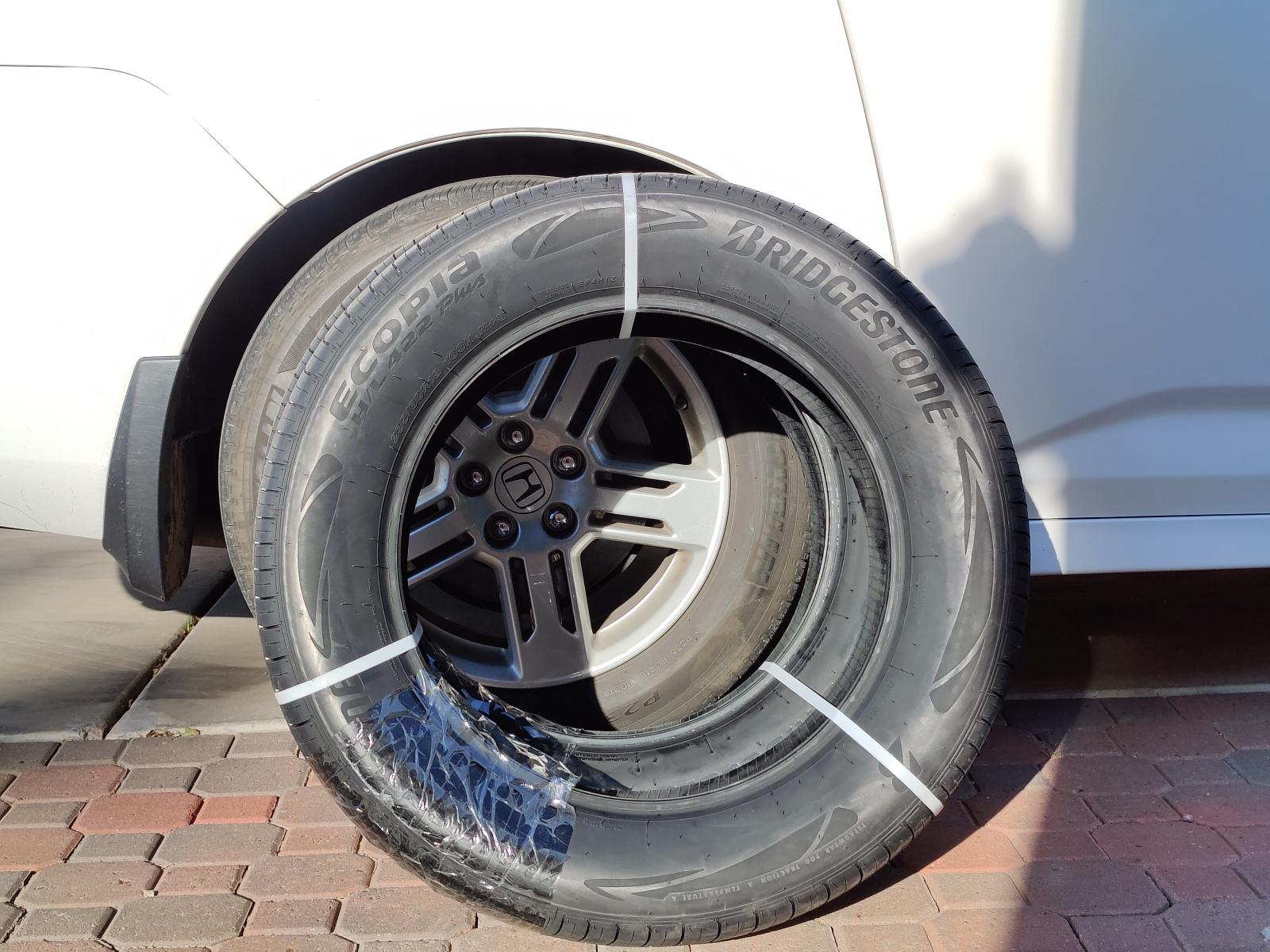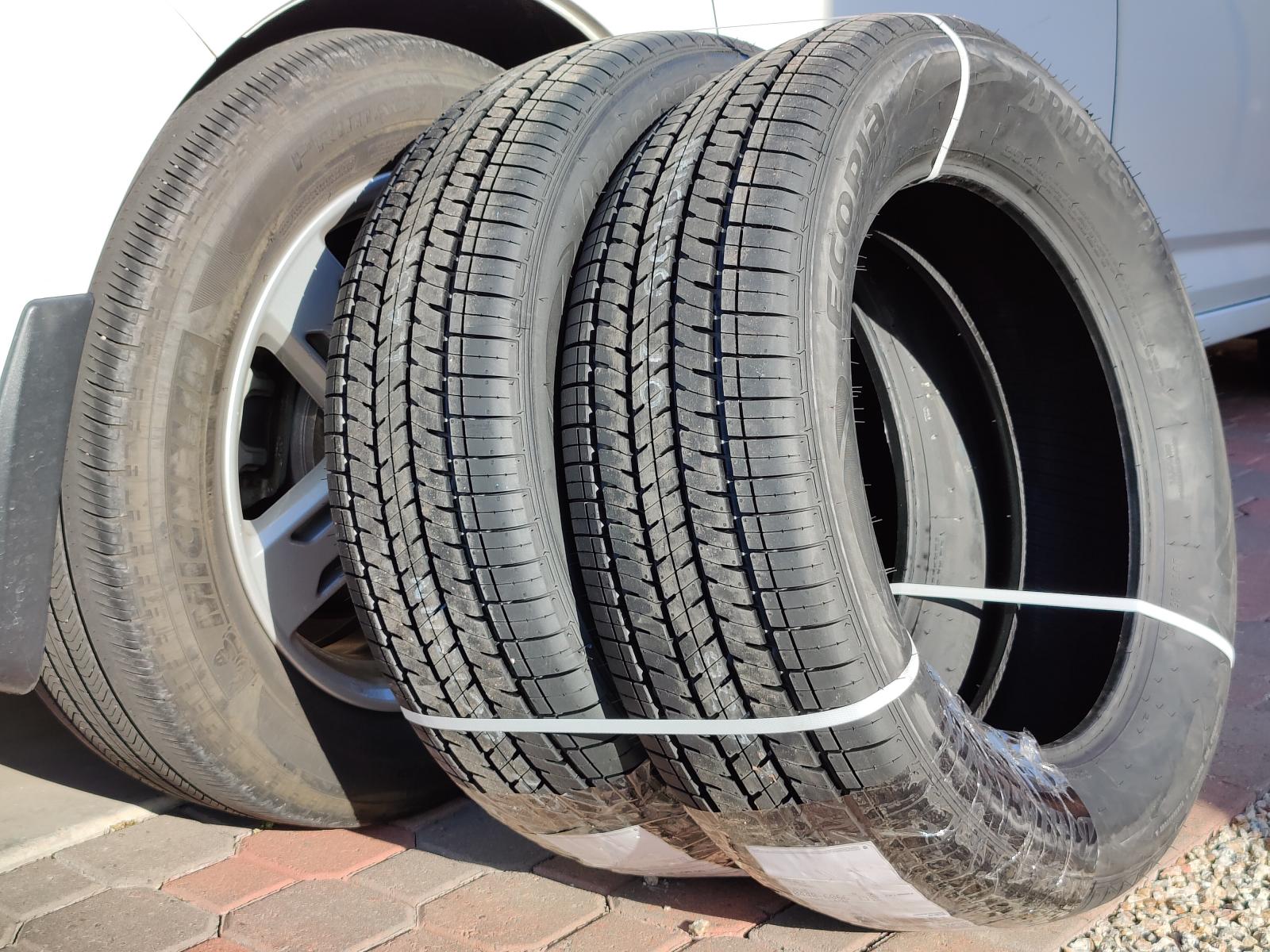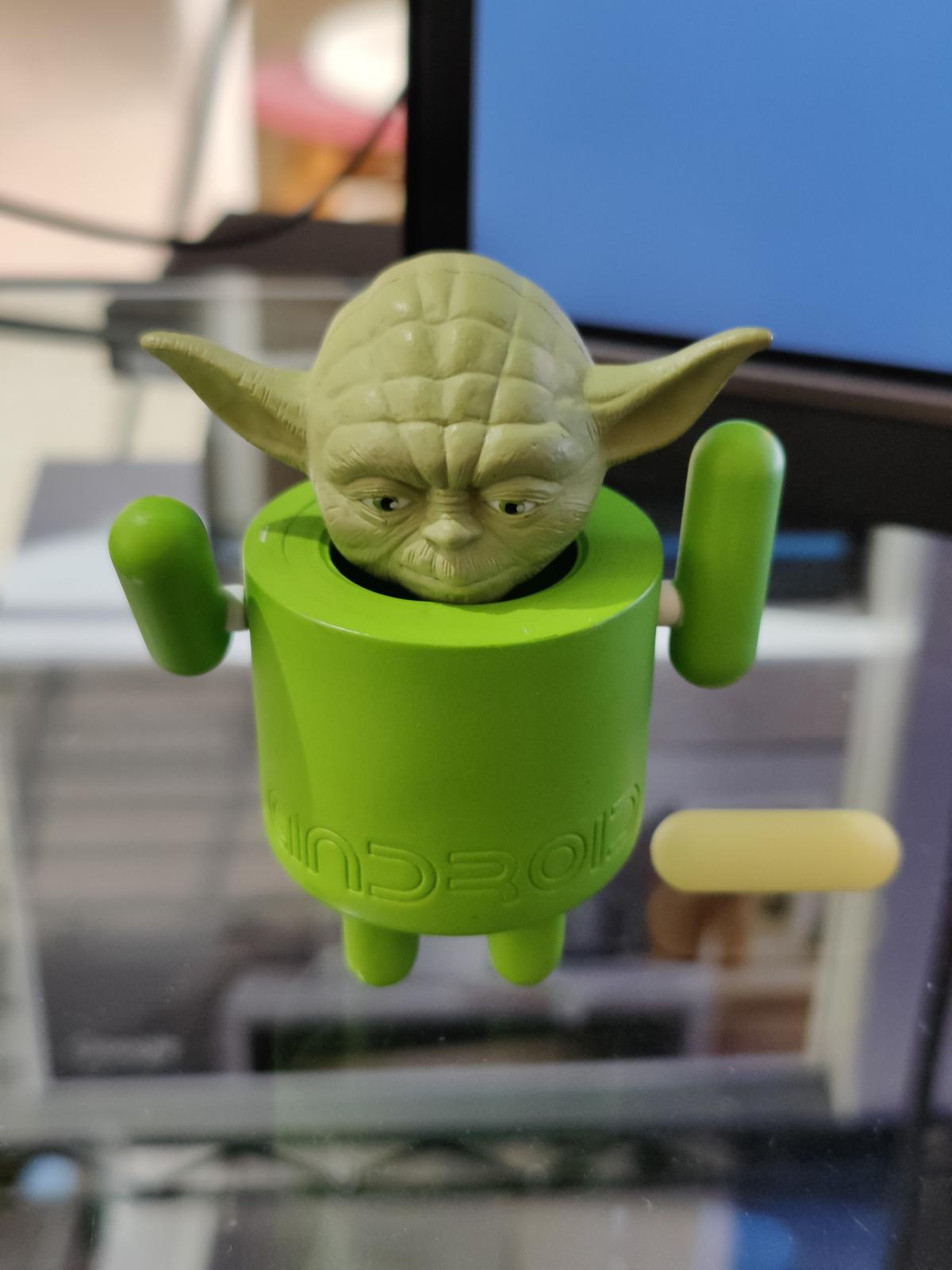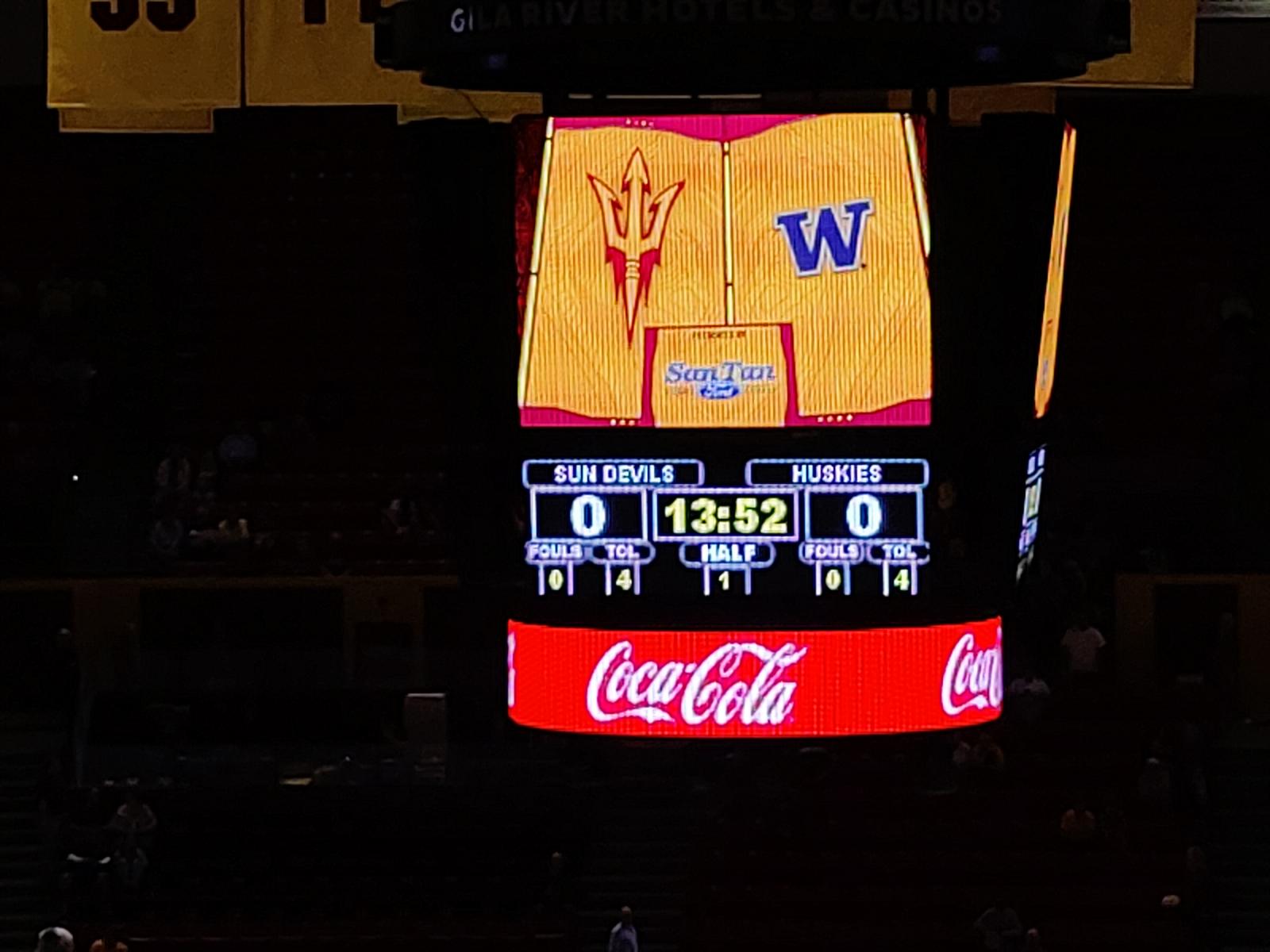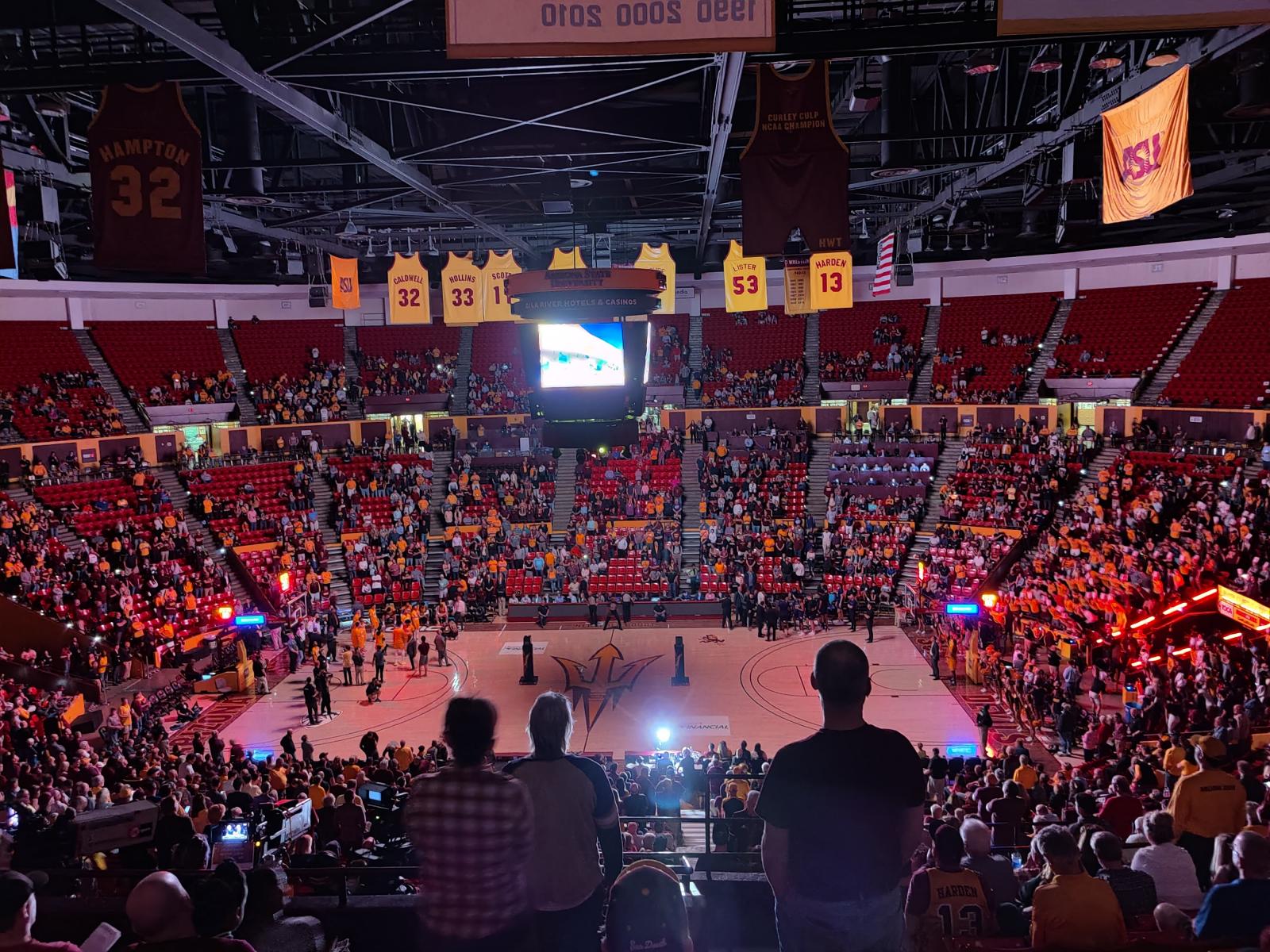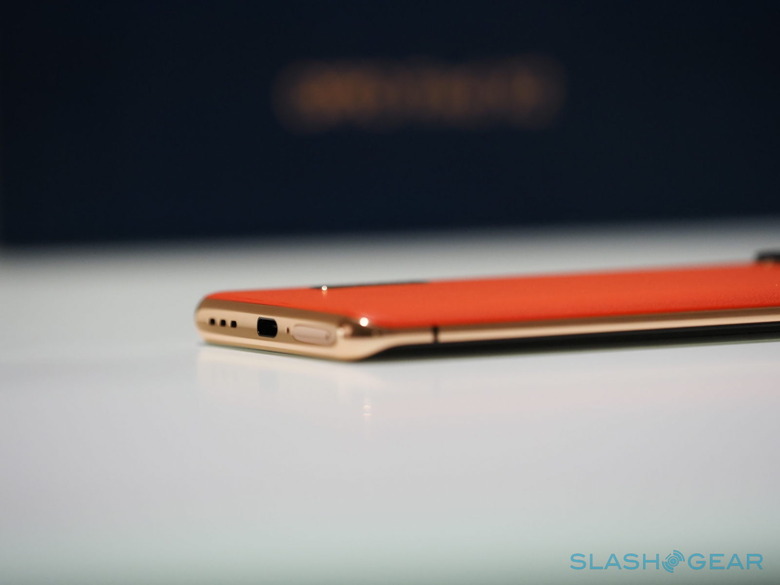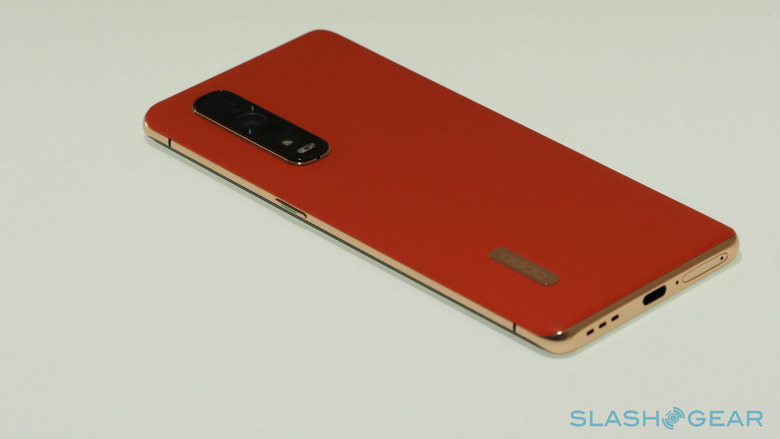OPPO Find X2 Pro Hands-On: Power And Comfort In A Single Package
For the past years, OPPO's name has regularly popped up when talking about innovations in the mobile space, from popup cameras to periscope-style lenses to insanely fast charging. There was a time when OPPO would announce such new technologies that would curiously be absent from its premium phones. That has changed recently and OPPO's flagships have become showcases of its best ideas and implementations and the OPPO Find X2 is that latest smorgasbord of mobile innovation.
Display
Just when you thought that the display wars would be fought on foldable grounds, along comes the refresh rate skirmishes. Admittedly more accessible and cheaper for manufacturers, pulling off 120Hz refresh rates has more visible and immediate benefits to consumers than flexible screens, especially with a 240Hz touch sampling rate. You might think that the OPPO Find X2 is actually late to the 120Hz game, and technically it is, but it is pushing a combination that makes it a trailblazer nonetheless.
It may not be the first to use a 120Hz QHD+ AMOLED screen thanks to the Galaxy S20 Ultra but, unlike Samsung's current implementation, the OPPO Find X2 doesn't take away your freedom to burn through your battery in less than a day. Yes, you can freely combine the highest QHD+ resolution with the fastest 120 Hz fresh rate if you want to. Or you can let ColorOS 7.1's AI decide when to throttle it down for performance and battery life.
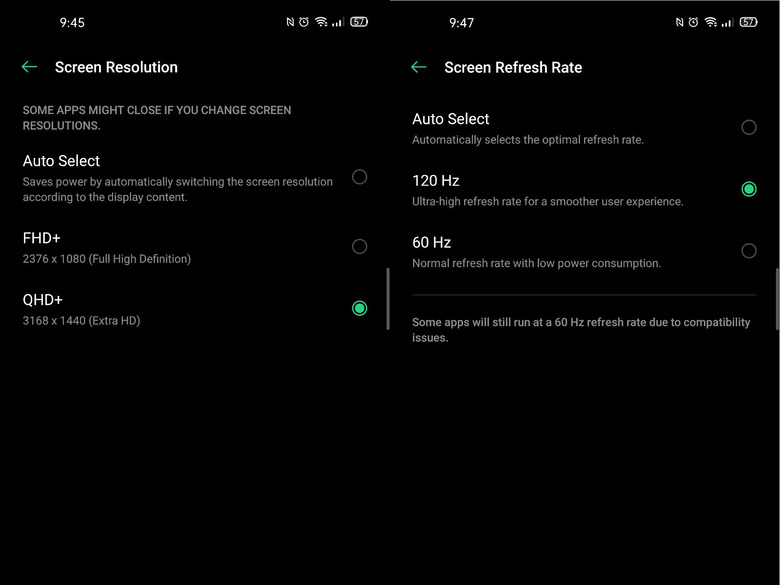
The Find X2 is also the industry's first mobile phone with 10-bit color depth, achieving a color accuracy of 0.8 JNCD standard, at least in the default display mode. In practice, this means that the screen can display over a billion kinds of colors, which is 64 times more than what the usual 8-bit screens can do with only 16.7 million colors.
Cameras
If there's a pervading theme with the OPPO Find X2, it would be about visuals. It's not just about what you see on the screen or what you see on the back of the phone (more on that later). It's also about what the phone sees via its cameras.
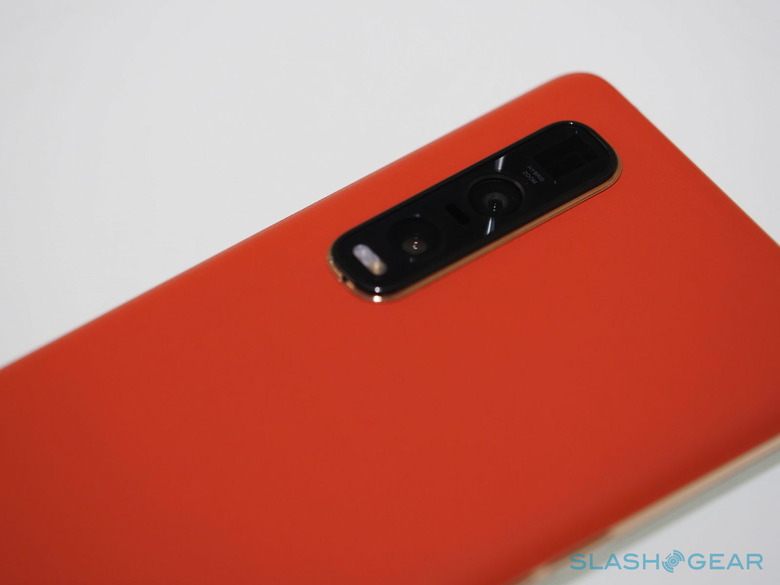
Late last year, OPPO boasted about a new custom imaging sensor that it worked on with Sony and the result is the 48 megapixel Sony IMX689. A 48MP sensor may not be new and, in fact, the Find X2 also has a second one in the form of the Sony IMX586, here used with a wide-angle lens. The IMX689, however, is much larger at 1/1.43 inches, which means it has a larger combined pixel when using quad-pixel binning and is able to gather more light than its smaller neighbor.
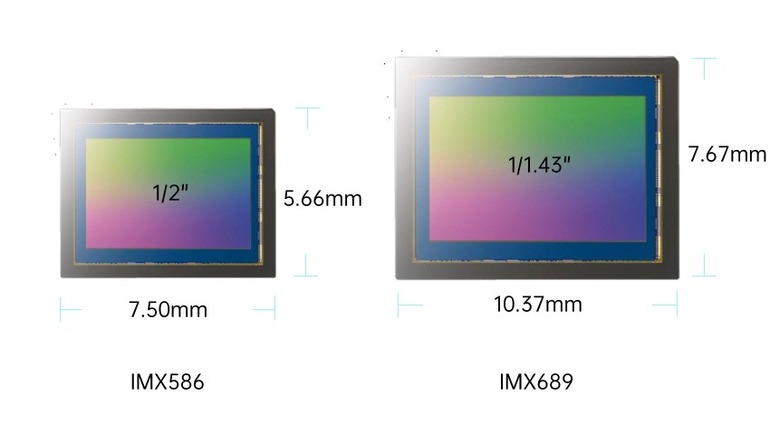
That's not the only novelty that the Sony IMX689 brings to the phone, however. It also has an "All-Pixel Omni-Directional Phase Detect Autofocus" which, in a nutshell, means that all pixels can act as PDAF pixels, covering all directions and detecting all kinds of shapes and patterns. Whether all these translates into a unique mobile photography experience is something we'll be seeing for ourselves, pardon the pun, in our in-depth review.
Here are a few sample shots of the Find X2's main camera in action, up close and personal.
Following the trend in most smartphones these days, OPPO has given its most recent flagship some zoom advantage, thanks to an improved 10x Hybrid Zoom that supports 16mm-160mm focal length.
If you really want to go overboard, the OPPO Find X2 also supports 60x digital zoom but do beware of the loss of quality in that extreme distance.
Design
The OPPO Find X2 is admittedly handsome, especially the orange review unit that was sent to us, but its unique design goes beyond just eye-catching looks. The black ceramic model employs a micron etching process to make it feel like soft silk instead of slippery, hard glass. The orange, however, uses microfiber vegan leather that is really soft to the touch. Your fingers and palm will appreciate the change in texture.
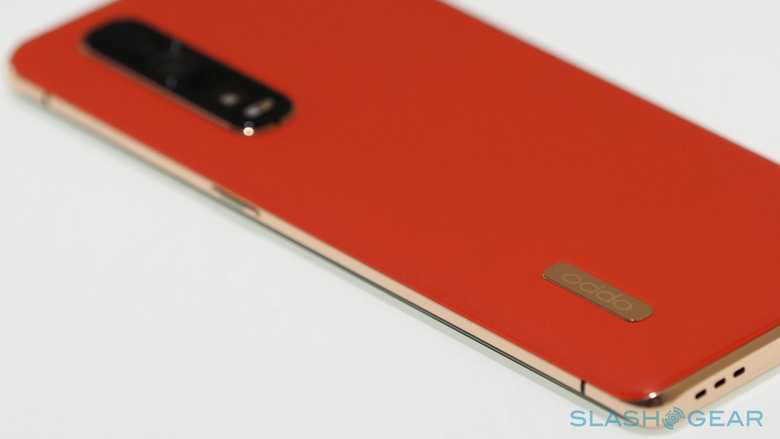
Beyond texture, the phone was clearly designed with comfort in mind. At 200g, it's a lot lighter than its closest competitor, the Galaxy S20 Ultra. Its width makes it comfortable to hold in one hand, despite the size. The IP68 dust and waterproofing also gives you the confidence to have it out and ready for any eventuality, be it for snapping up photos or looking up the best restaurants in town.
Specs and Battery
A beautiful phone would be a complete waste if it couldn't keep up with the demands of modern mobile lifestyles. Fortunately, the OPPO Find X2 is also beautiful inside, at least as far as the specs sheet goes. Leading that list is the Qualcomm Snapdragon 865, which brings with it not just 5G but dual-mode 5G, ensuring it will be compatible with as many 5G networks around the world as possible, few as they are right now. The phone also comes with 12GB of the fastest LPDDR5 mobile RAM and 512GB of UFS 3.0 storage, sadly without any expansion support.
Given the features, it won't be a surprise if even the 4,260 mAh battery eventually gives out. That's where OPPO's signature SuprVOOC 2.0 comes in. At 65W, the Find X2 can be quickly and, more importantly, safely charged to full in under 40 minutes, give or take. And just as we learned from our time with the OPPO Reno Ace, it isn't an empty promise either.
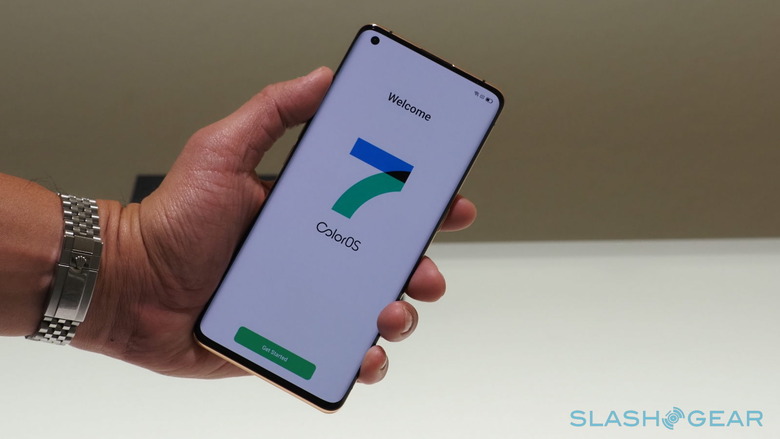
All of these features and resources are orchestrated by the company's custom Android experience, ColorOS 7.1. Finally, this one is based on Android 10, giving users the perks of the latest Android version. On top of things like support for Dark Mode and new theme options, ColorOS 7.1 also brings in more security and privacy features, like Multi-user Mode, a Private Safe locker, and Personal Information Protection that sends apps blank data to keep them working without sending any of the user's information.
Wrap-up
The 2018 OPPO Find X with its revolutionary (at that time) popup camera is definitely a tough act to follow without going into Design Concept territory. Instead of trying to one-up that with something out of this world, OPPO decided to go a more approachable route and instead make the OPPO Find X2 a showcase of not one but all its mobile innovations. Be sure to be on the lookout for our in-depth review of OPPO's latest and greatest as well as information on its availability in the global market.

